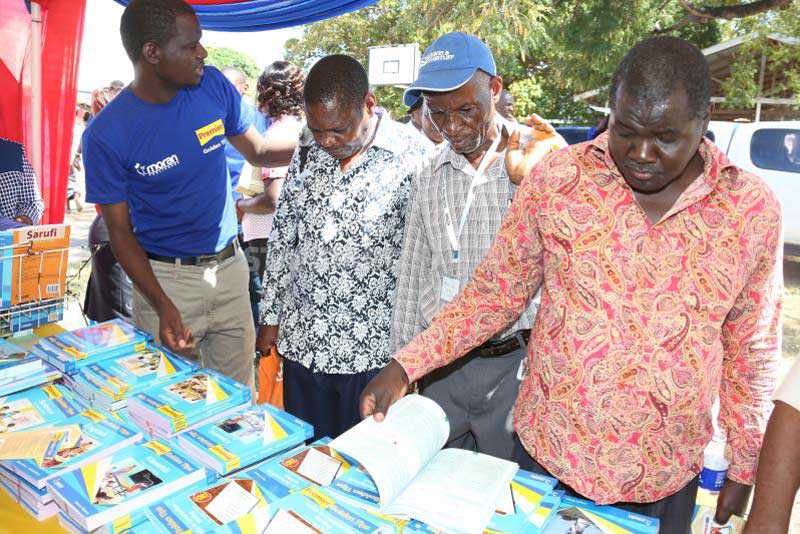×
The Standard e-Paper
Informed Minds Prefer The Standard

Erroneous calculations, spelling mistakes, a mix-up in content ideas, shallow exercises for students, and poor arrangement of topics are some of the errors detected in the new secondary school textbooks.
Teachers said the mistakes are confusing learners and have compromised teaching. For example, they are grappling with the wrong identification of the parts of laboratory equipment.